Most donor conceived people can’t access information about their biological family members and genetic identity through official channels. However, in a sense you DO have records; they are stored in your DNA.
If you’re interested in using a DNA test to find family members, learn more about your ancestry, or fill in the gaps in your genetic identity, this guide outlines five steps you can take to find the answers you seek. With time, patience, and a little luck, it is totally possible to uncover the identity of an unknown biological parent and connect with donor conceived half siblings.
Step 1: Order a DNA test from Ancestry.com
Ancestry has the largest database of any DNA testing company, which means you have the best chance of matching with a relative. Genetic genealogists call it the “search powerhouse” because it gives you access to paper trail records, like immigration records, census data, and obituaries.
The test costs less than $100 and typically goes on sale during major gift-giving holidays, including Mother’s Day, Father’s Day, and between Black Friday and Christmas.
Results typically take six to eight weeks from the day you mail the completed kit back to the lab. You can help pass the time by building a family tree of your known parent to help sort your matches. If possible, ask a biologically related parent or half-sibling who shares the same known parent to take a test so you can use their results in conjunction with your own to sort the paternal and maternal matches you discover.
The Ancestry DNA kit comes with a trial subscription that you can use to access paper records. If budget is an issue, hold off on activating the trial until you get your DNA results.
Step 2: Review your results
Ancestry will send you an email when your results are ready. Click the link, cross your fingers, and navigate to the DNA Matches page (under the DNA option on the top menu). Matches will display in order of how closely they are related to you. Jot down the names of any close family matches and take screenshots as a precaution. It’s rare, but sometimes people remove themselves from the database.
On Ancestry, donor conceived half siblings will be listed as “Close Family–1st Cousin”. This designation can be confusing because it indicates a variety of possible relationships based on the number of shared centimorgans (cM), including grandparent, grandchild, aunt/uncle, niece/nephew, and half sibling.
Take note of how many centimorgans you share with each close match. First cousins share 575 to 1300 cM, while half siblings share 1300 to 2300 cM. This chart created by DNA Detectives is a handy reference that categorizes relationships into groups based on different ranges of shared DNA.

If you have multiple matches who could be half siblings, there is a chance they have already identified the unknown parent you share. More distant matches can also lead you to the identity of your donor. Many adoptees and donor conceived people have discovered the identity of their unknown parent using a match as distant as a third cousin.
For help understanding your results, join the DNA for the Donor Conceived Facebook page operated by DNA Detectives. The group has more than two thousand members, including several volunteer search assistants who can help you with your search for free.
Step 3: Download your raw data
If you don’t get lucky with your Ancestry results, download your raw data and upload to GEDMatch Genesis, MyHeritage, and Family Tree DNA.
Step 4: Need more matches? Order a DNA test from 23andMe
Yep, you’re going to have to pay again, but you’ll have access to a separate database of potential leads that will up your odds of connecting the dots or being matched with donor conceived half siblings. 23andMe also offers the option to order additional reports about health, wellness, traits, and carrier status reports for certain inherited conditions.
Step 5: Sit back and wait
If you don’t get any close matches on your 23andMe results, don’t get discouraged. DNA testing is a waiting game and a long term investment. You never know when a new match might pop up. And if you’re interested in meeting donor conceived half siblings, your results can be a gift that keeps on giving!
For more information and guidance about DNA testing, see our Q&A with Stephanie Talley, a volunteer search assistant for DNA Detectives and for DNA for the Donor Conceived.
This post contains affiliate links that give a small kickback to DNA Detectives when you use the link to purchase a test. DNA Detectives is a genetic genealogy community whose Unknown Parentage Recommended Testing Path provided the foundation for this blog post.

